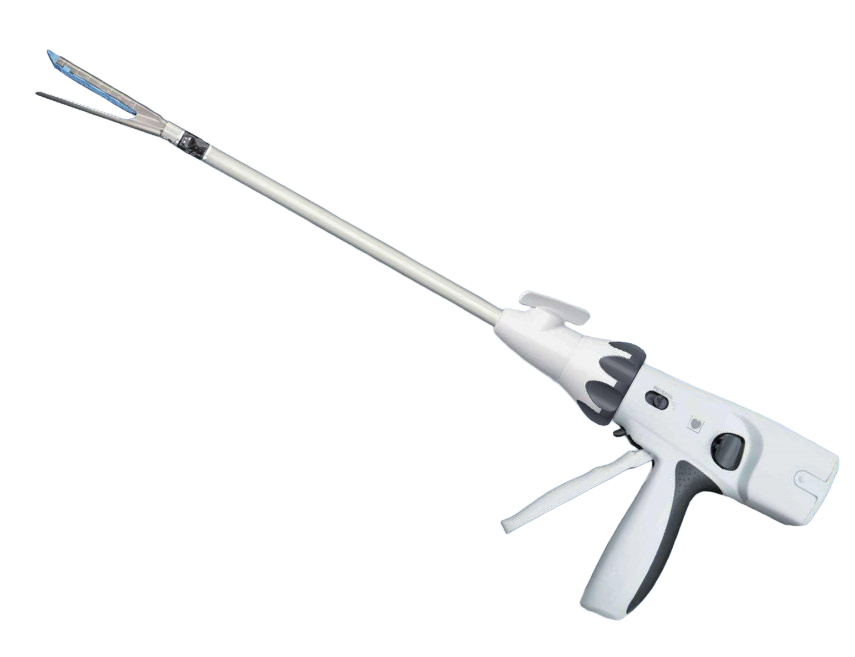Understanding the Benefits and Applications of Manipler Skin Staplers in Medical Settings
In the realm of medical devices, the manipler skin stapler represents a significant advancement in wound closure technology. Designed for efficiency and precision, this tool is essential for healthcare professionals looking to enhance patient outcomes during surgical procedures.
The primary function of a manipler skin stapler is to facilitate the closure of skin incisions or lacerations quickly a
In the realm of medical devices, the manipler skin stapler represents a significant advancement in wound closure technology. Designed for efficiency and precision, this tool is essential for healthcare professionals looking to enhance patient outcomes during surgical procedures.
The primary function of a manipler skin stapler is to facilitate the closure of skin incisions or lacerations quickly and securely. Unlike traditional sutures, which require intricate manual skill and time, skin staplers allow for a swift application that minimizes patient discomfort and reduces the risk of complications such as infections. This is particularly beneficial in emergency situations where time is of the essence, and the need for rapid intervention is critical.
One of the key advantages of using a manipler skin stapler is its ability to create uniform tension across the wound. This consistent pressure helps to approximate the edges of the incision, promoting better healing and reducing scarring. Additionally, the design of the stapler minimizes trauma to surrounding tissues, which is essential for maintaining blood flow and promoting recovery.
In terms of applications, manipler skin staplers are widely used across various medical fields, including general surgery, dermatology, and trauma care. Their versatility makes them suitable for a range of procedures, from minor outpatient surgeries to more complex operations requiring extensive wound closure. For instance, they are often utilized in cesarean sections, orthopedic surgeries, and even in the management of traumatic injuries.
When using a manipler skin stapler, healthcare providers should adhere to best practices to ensure optimal results. This includes selecting the appropriate staple size for the specific application and ensuring proper alignment of the skin edges before stapling. Additionally, maintaining a sterile technique is crucial to prevent post-operative infections.
Furthermore, training and familiarity with the specific model of manipler skin stapler being used is vital. Each model may have unique features, such as disposable cartridges or adjustable staple depths, which can affect performance and outcomes. Thus, continuous education and practice are essential for healthcare professionals to maximize the benefits of this innovative tool.
In conclusion, manipler skin staplers have revolutionized the way medical professionals approach wound closure. Their efficiency, ease of use, and ability to promote better healing make them an invaluable asset in any medical setting. Understanding their applications and following best practices can significantly enhance patient care and surgical outcomes. As technology progresses, it is likely that the designs and functionalities of these staplers will continue to evolve, further improving their effectiveness in the medical field.
The primary function of a manipler skin stapler is to facilitate the closure of skin incisions or lacerations quickly and securely. Unlike traditional sutures, which require intricate manual skill and time, skin staplers allow for a swift application that minimizes patient discomfort and reduces the risk of complications such as infections. This is particularly beneficial in emergency situations where time is of the essence, and the need for rapid intervention is critical.
One of the key advantages of using a manipler skin stapler is its ability to create uniform tension across the wound. This consistent pressure helps to approximate the edges of the incision, promoting better healing and reducing scarring. Additionally, the design of the stapler minimizes trauma to surrounding tissues, which is essential for maintaining blood flow and promoting recovery.
In terms of applications, manipler skin staplers are widely used across various medical fields, including general surgery, dermatology, and trauma care. Their versatility makes them suitable for a range of procedures, from minor outpatient surgeries to more complex operations requiring extensive wound closure. For instance, they are often utilized in cesarean sections, orthopedic surgeries, and even in the management of traumatic injuries.
When using a manipler skin stapler, healthcare providers should adhere to best practices to ensure optimal results. This includes selecting the appropriate staple size for the specific application and ensuring proper alignment of the skin edges before stapling. Additionally, maintaining a sterile technique is crucial to prevent post-operative infections.
Furthermore, training and familiarity with the specific model of manipler skin stapler being used is vital. Each model may have unique features, such as disposable cartridges or adjustable staple depths, which can affect performance and outcomes. Thus, continuous education and practice are essential for healthcare professionals to maximize the benefits of this innovative tool.
In conclusion, manipler skin staplers have revolutionized the way medical professionals approach wound closure. Their efficiency, ease of use, and ability to promote better healing make them an invaluable asset in any medical setting. Understanding their applications and following best practices can significantly enhance patient care and surgical outcomes. As technology progresses, it is likely that the designs and functionalities of these staplers will continue to evolve, further improving their effectiveness in the medical field.
manipler skin stapler









